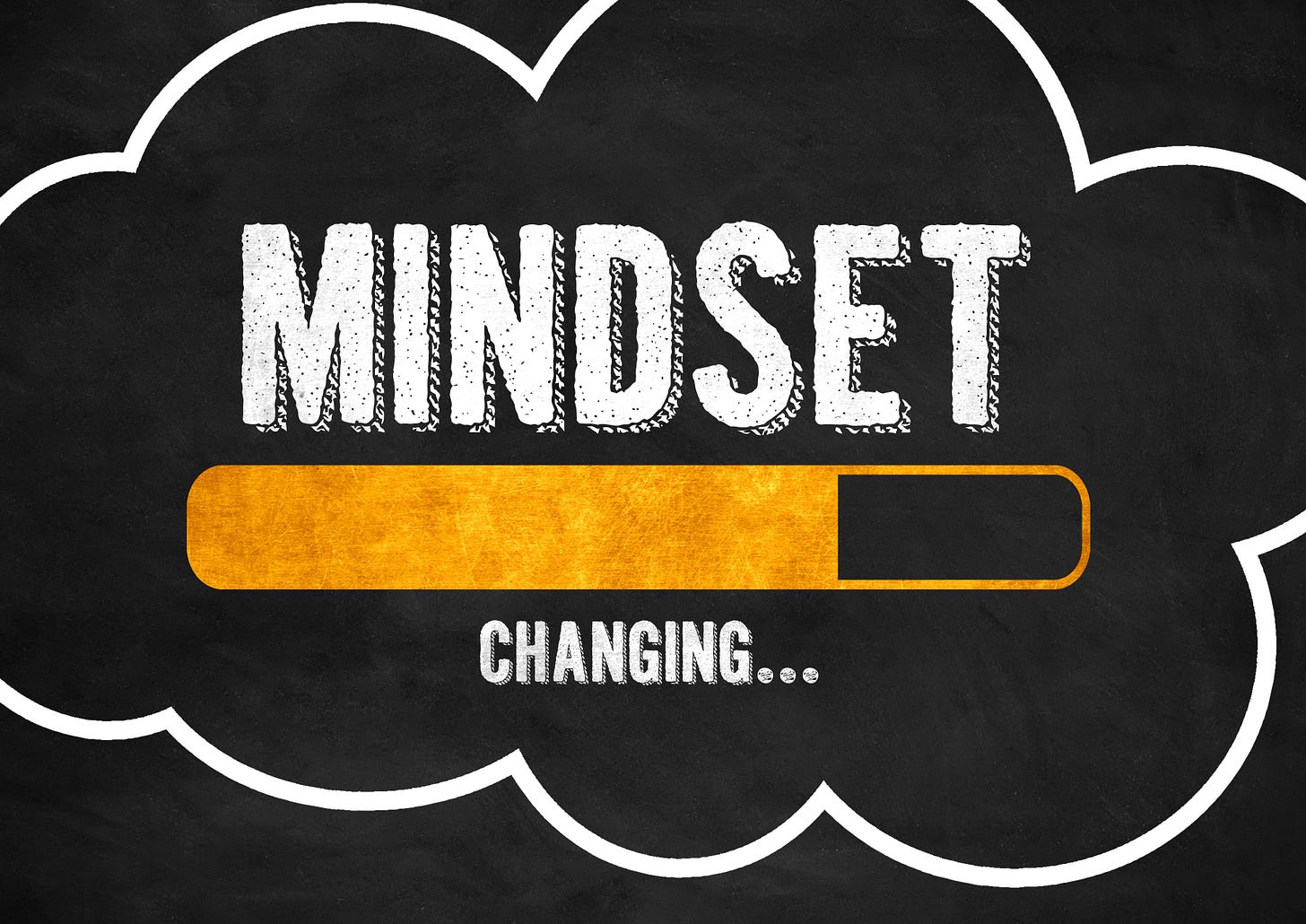Assessments and Interventions
How questions can drive training
As we keep off a month of favorite techniques and approaches, I wanted to begin with an observation with assessments, because they have influenced some of my approaches over the years. They have influenced me in two ways:
Providing “Driving Questions” for my audience to discuss and explore
Shaping the type of exercises and training sessions
For today, I w…
Keep reading with a 7-day free trial
Subscribe to The CMPC Playbook to keep reading this post and get 7 days of free access to the full post archives.


